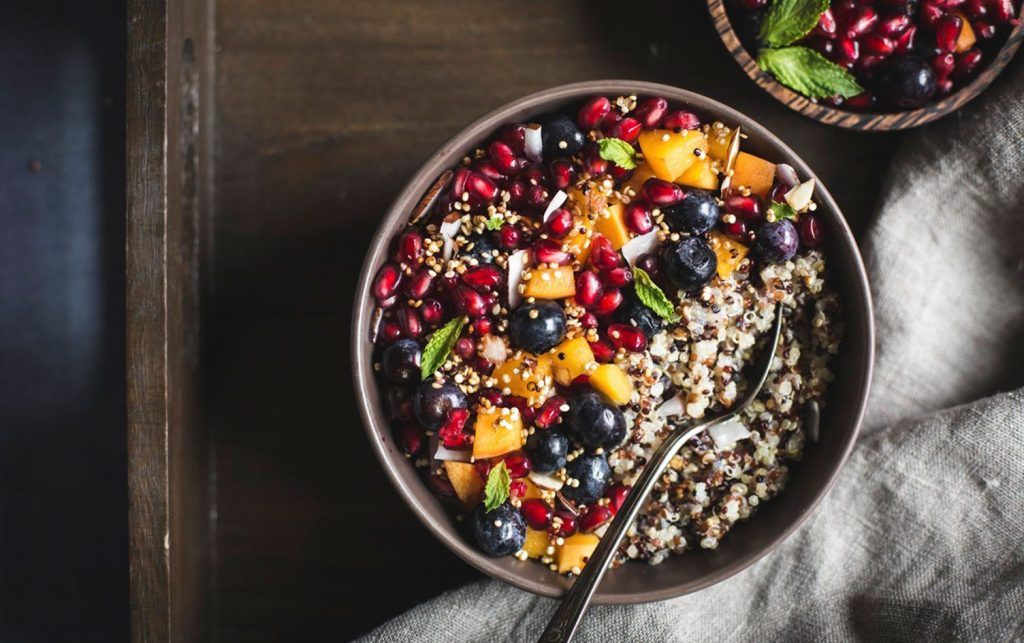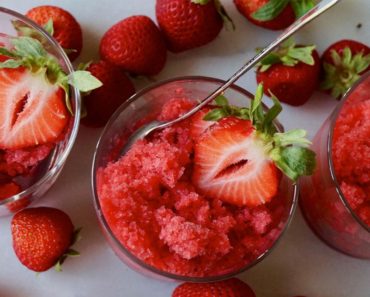
Considering how often you see “gluten-free” plastered on everything from cereal to pizza, you might think gluten is a villain to be avoided at all costs. That’s not necessarily true.
Going gluten-free is a must for those with celiac disease, but recent research suggests there may be a downside to skipping gluten for everyone else.
WHY GLUTEN GETS SO MUCH ATTENTION
People with celiac disease cannot eat gluten, a protein in a variety of grains including wheat, rye and barley, without severe consequences. The National Institute of Diabetes and Digestive and Kidney Diseases defines celiac disease as a digestive disorder that damages the small intestine. If not properly treated, celiac disease can cause long-term digestive problems and lead to significant nutrient deficiencies. The plethora of gluten-free foods on supermarket shelves and gluten-free menus at restaurants may make you think the condition is common, but only about 1 in 141 Americans have celiac disease. Yet consumer surveys reveal that as many as 1 in 5 Americans have eliminated gluten or limit gluten in their diet.
Some people follow a gluten-free diet because they believe it will help with weight loss or it’s simply healthier. To be clear, eliminating gluten won’t necessarily lead to weight loss, although many people find eliminating crackers, cakes and trips to the breadbasket helps them avoid excess calories and processed foods, which leads to weight loss.
UNINTENDED CONSEQUENCES
New research suggests that going this route may not be the best bet in the long run. If you’re eating gluten-free and don’t have celiac disease or a gluten sensitivity, you might want to take a closer look at what’s on your plate:
- Poorly planned gluten-free diets often eliminate whole grains. According to a study in the British Medical Journal, this lower whole-grain intake may negatively impact heart disease risk.
- Swapping gluten-free versions of junk foods won’t do you any favors on your weight-loss journey. Many gluten-free packaged foods are highly processed and may even be less nutritious since they often use lower-fiber grains and flours instead of whole grains.
- Gluten-free versions of many foods often cost more.
The good news is that many whole and fresh foods are naturally gluten-free. So, there’s no need to shop the boxed and packaged gluten-free crackers, chips, cereals and pizza. Instead, focus on whole or minimally processed foods for the best nutrition.
READ MORE > IS ‘GLUTEN-FREE’ GOOD FOR WEIGHT LOSS
FILLING THE PLATE
Interestingly, eating whole grains may also help you to live longer. A study in the Journal of the American Medical Association Internal Medicine suggests that regularly eating whole grains is associated with lower death rates from all causes including heart disease in American adults.
Even if you are avoiding gluten, there’s room for whole grains. Choose gluten-free whole grains like certified gluten-free oats, buckwheat, brown rice and sorghum. Amaranth and quinoa, technically pseudo-grains commonly eaten like grains, are also good options. Fruits, vegetables and lean proteins like fish, chicken and dairy products are naturally gluten-free, too.
If you have celiac disease or non-celiac gluten sensitivity, work with a trained health professional for guidance on what to eat to get the nutrients you need. If you are not sure you have a sensitivity, consult a health professional for proper testing, diagnosis and treatment.
There are plenty of options to nourish the body with or without gluten. The key is looking beyond the fads and buzzwords to make sure you’re eating what you need to live your healthiest life.
The post The Downside of Going Gluten-Free appeared first on Under Armour.
(via MyFitnessPal Blog)






